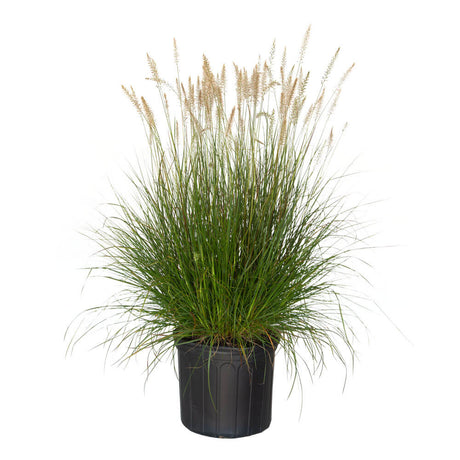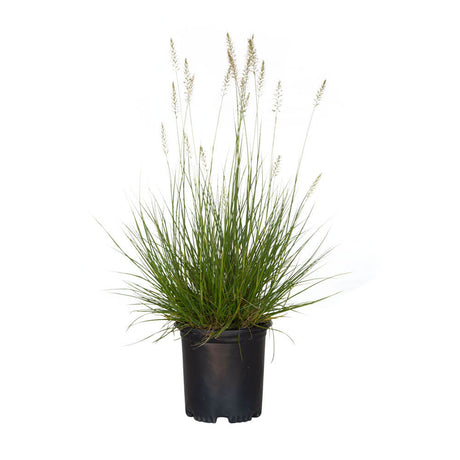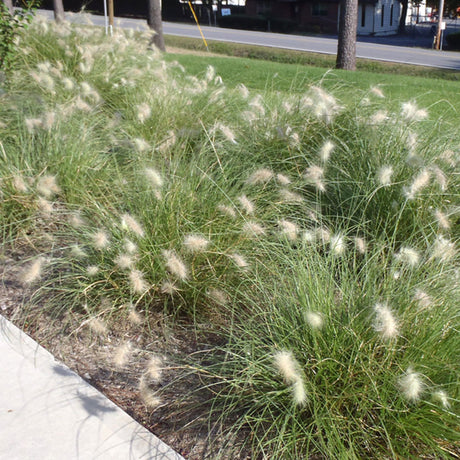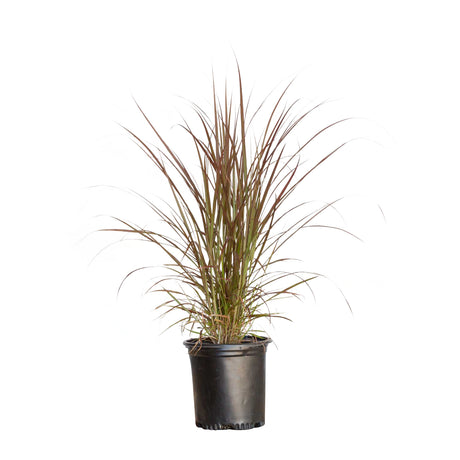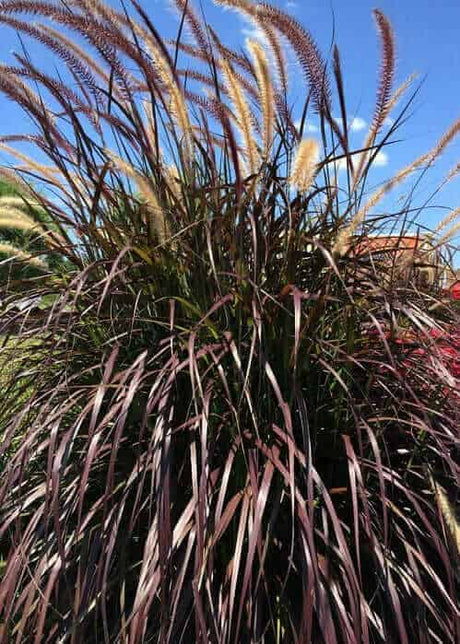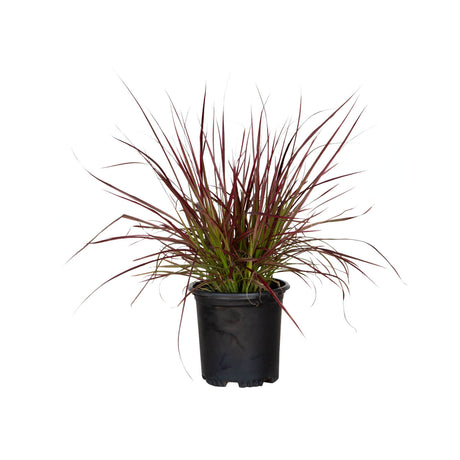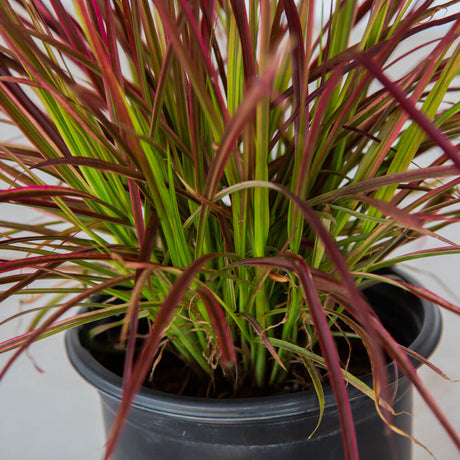Flowerwood
Hameln Fountain Grass (Pennisetum)
(1)From $19.98Unit price /UnavailableIn stock (398)Flowerwood
Rubrum Pennisetum - Purple Fountain Grass
(1)From $19.98Unit price /UnavailableOut of Stock (0)
Pennisetum, commonly known as Fountain Grass, is a genus of ornamental grasses that have become increasingly popular in landscape design.
There are several reasons why one should consider adding Pennisetum grasses to their garden and landscape:
- Attractive Appearance: The delicate and colorful foliage of Pennisetum grasses provides a stunning contrast to other plants in the landscape. Additionally, the fluffy seed heads that appear in late summer and early fall add interest and texture to the garden.
- Low Maintenance: Once established, Pennisetum grasses require little maintenance. They are drought tolerant and do not require frequent watering or fertilization. Additionally, they are deer-resistant, making them a great option for gardens in areas with heavy deer populations.
- Versatile: Pennisetum grasses are versatile and can be used in a variety of settings. They are great for edging pathways, creating borders, or adding interest to rock gardens.
- Choose the Right Location: Pennisetum grasses prefer full sun but can also tolerate partial shade. They also prefer well-draining soil.
- Planting: Plant Pennisetum grasses in the spring or fall. Dig a hole that is twice as wide as the root ball and place the plant in the hole, making sure the top of the root ball is level with the soil. Water thoroughly after planting.
- Watering: Water newly planted Pennisetum grasses regularly until they become established. After that, they are drought tolerant and do not require frequent watering.
- Pruning: Cut back Pennisetum grasses in the early spring to encourage new growth. Remove any dead or damaged foliage as needed.

